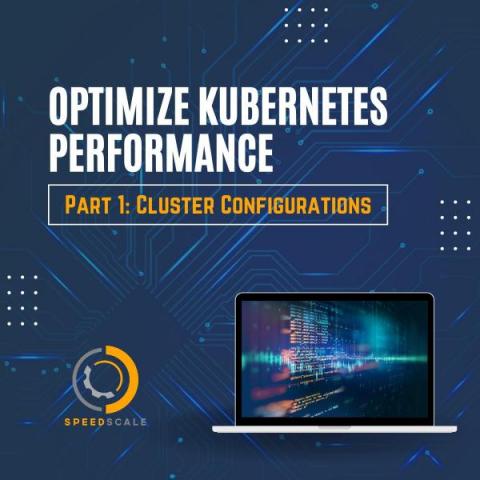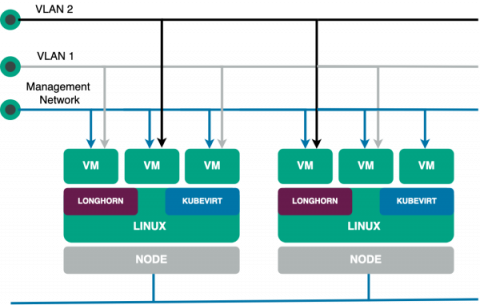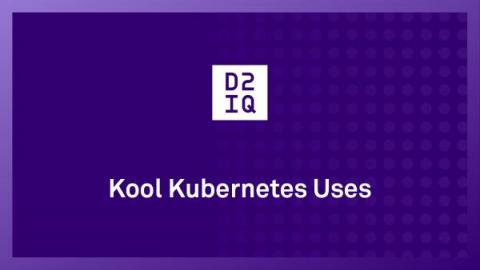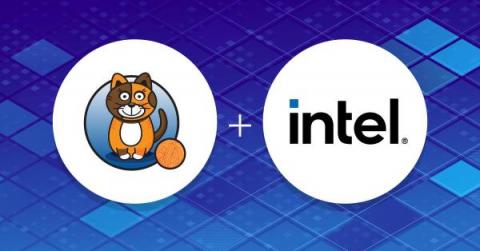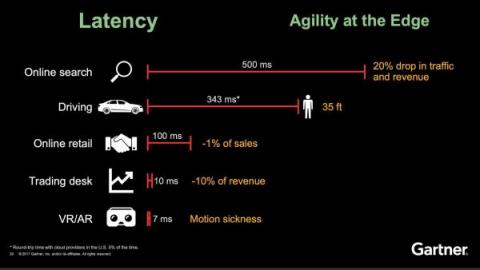G2 Ranks SUSE in Top 25 German Companies
I am thrilled to announce that SUSE has been recognized by G2, the world’s largest and most trusted software marketplace, as one of the Top 25 German Companies in their “Best Software Awards” for 2023. At SUSE, we have always been dedicated to providing our customers with the best possible software solutions and services. This award by G2 is a testament to the hard work and dedication of our entire team.



